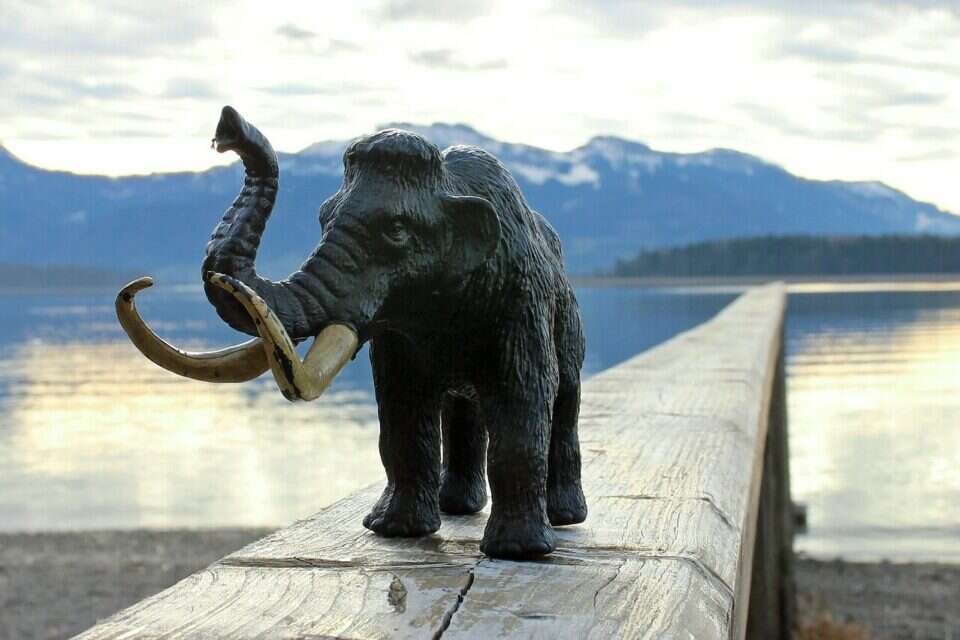An 8-year-old girl in Russia who went on a fishing trip with her father along the shores of the Oka River near the city of Novinki in western Russia found live fish instead of the bones of two prehistoric animals. We used ChatGPT to detail what she came up with:
Miriam Marsaytova's curiosity was piqued after she noticed a series of strange objects uncovered by a recent landslide in the area. Her father, recognizing the significance of the mysterious finds, photographed them and sent the images to the nearby Nizhny Novgorod Museum Reserve, hoping to get information about the ancient finds.
It soon became clear that Miriam had found a significant piece of history: among the finds were the knee joint and lower thigh of a woolly mammoth. These bones, although showing signs of deterioration, were reasonably well preserved. Their size indicated that they once belonged to a large adult mammoth, which researchers estimate lived about 100,000 years ago.
Woolly mammoths have been a common sight in the frozen northern regions of Europe and Asia since about 700,000 years ago. They later expanded into North America about 100,000 years ago. In the area where Miriam uncovered these fossil remains, mammoths are believed to roam until about 10,000 years ago, when the end of the Ice Age dramatically changed the habitat and food sources of the animals accustomed to it. Human hunting is also believed to have played a role in accelerating the extinction of these creatures. Amazingly, pockets of mammoth populations survived on Rangel Island in Russia until about 4,000 years ago. However, the isolation of this habitat caused them to eventually become extinct.
Russia, especially Siberia, is known for its wealth of mammoth fossils. Some of these ancient giants have even been kept in mummification-like condition due to the freezing environmental conditions, which inhibit decay. One of the most famous mummified mammoths, a calf named Lyuba, was discovered on the Yamal Peninsula in 2007.
In addition to the mammoth bones, Miriam's discovery also included a link that probably belonged to the prairie bison, an ancestor of modern European bison and American bison. Prairie bison thrived during the Pleistocene period, which lasted from 2.6 million to 11,700 years ago, and were common in Europe, Asia and North America. The museum noted that another bone found by the girl belonged to another animal that has not yet been identified.
Wrong? We'll fix it! If you find a mistake in the article, please share with us

